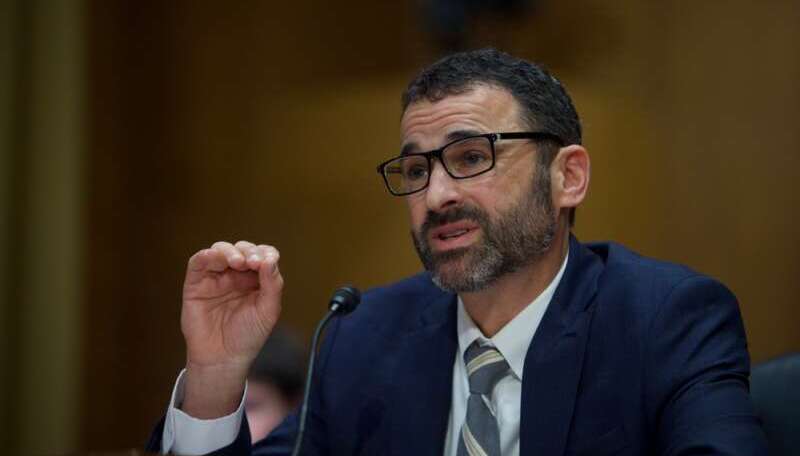
IRS Commissioner Danny Werfel told members of the Senate Finance Committee at an April 19 committee hearing that he the agency is aiming to complete an overhaul of its key Individual Master File by 2028.
The Individual Master File is the system that the IRS uses to store and process tax submissions, and is used as the main data input to process IRS transactions. The system dates back to the 1960s, and working on a system overhaul is one of the priorities sought in the White House’s fiscal year 2024 budget request for IRS.
“I think one of the priorities that we put in our plan is the desire to fully update the individual master file by 2028,” Werfel said. “We think the American people deserve to have the most up to date technology.”
“Obviously with a more technologically sophisticated platform, we can automate more, and we can do more,” he said.
At the April 19 hearing, Sen. James Lankford, R-Okla., questioned Werfel about the IRS’ historical and continuing need for more funding.
“I’ve been in the Senate eight years, [and] every single year, I hear the IRS has legacy hardware and software, and that it needs to be updated,” the senator said.
Sen. Mike Crapo, R-Idaho, ranking member of the committee, added his own criticisms over the proposed funding increases for IRS in the FY2024 budget request.
“The IRS’ annual budget justification goes further, asking for 15 percent increases in the IRS’ discretionary appropriations to make up in the short term for areas where the IRA [Inflation Reduction Act] funding falls far short, particularly in taxpayer services and IT modernization,” said Crapo.
“I have heard some argue that future uncertainty prevents the IRS from making firm estimates beyond a fiscal year or two,” the senator continued.
“Indeed, that sounds like a tacit admission that circumventing the annual appropriations process for the $80 billion [of IRA funding] was a huge ‘spend first, plan later’ mistake,” Sen. Crapo said. “But this ‘uncertainty’ excuse falls completely flat when one observes the countless other examples of long-term budget-, revenue-, and cost- estimating – both in the public and private sectors.”
